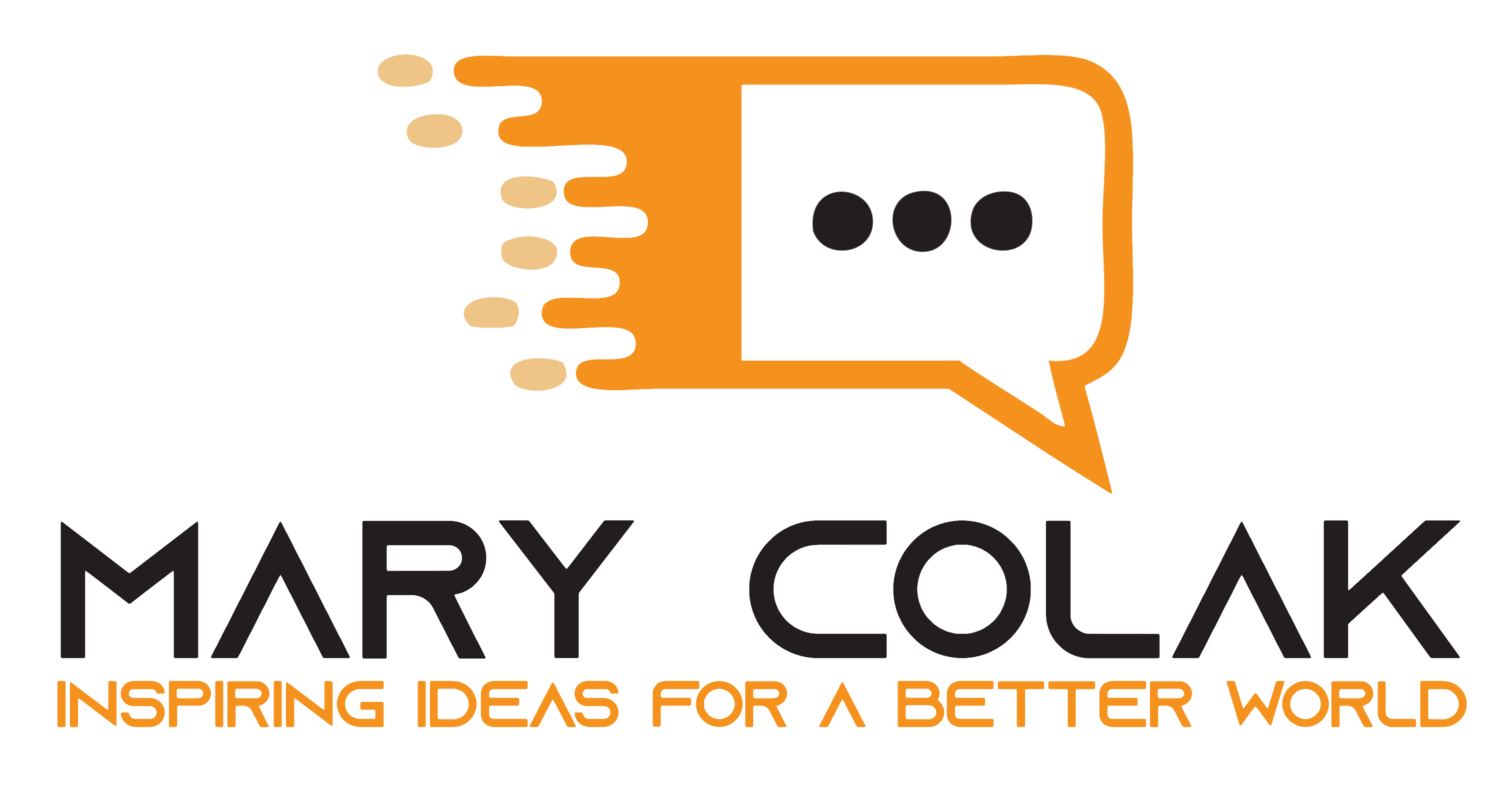Prescription: diagnosis, people side of diagnosis
Prescription: diagnosis
How do you know if your organization has a problem? The answer is: When there's a difference between the organization's current state, its desired future, someone notices the difference, and the difference is unable to be defined. This is where diagnosis can help.
Diagnosis is the prescription for identifying problems, getting to their root cause, and understanding the purpose of why the problem exists in the first place.
Core reviews are like that. They are about "digging" into organizational areas to identify practices and processes that provide no value. They are about diagnosing what is working well, what can be improved, and identifying what the organization and its customers need or no longer require.
Uncovering wasteful practices and understanding significant relationships in related processes and practices is a key outcome of diagnosis. In addition, diagnosis also considers the organizations' potential to solve the problem.
When conducting a diagnosis in your organization, here are five things to keep in mind:
Symptoms are different from problems. For instance, high staff turnover and mismanaged information resources may not be problems. They may be symptoms of bigger issues. Map interrelationships to see the big picture to help you understand the underlying cause.
Leave your biases at the door. Sometimes, you may "know" what the problem is before diagnosis starts. This will bias your judgment about the facts uncovered during diagnosis. Let the "evidence" be your guide and approach diagnosis with an open mind.
Seeing only one side of the problem is inhibiting. If there is a problem in information technology, for instance, the problem may not be isolated to that one department. It is important to have a broader perspective of the issues by involving stakeholders from the entire organization. This multidisciplinary approach ensures that the full scope of the problem is captured.
The boss does not know everything. Talk to all levels of staff and in as many departments as possible to get the full picture. But also consider what the boss has to say.
Work on the correct problem. When conducting diagnosis, one can't "boil the ocean" all at once (if ever). Work on one small piece of the problem at a time to better uncover related issues. These related issues may require further work, but focusing on one problem at a time provides a better diagnosis.
Conclude your diagnosis with findings that cover the following elements:
Methodology. Explain how the diagnosis was conducted. Did you conduct interviews? With whom? Include the standard questionnaire in an appendix. What literature reviews did you use? What data supports your conclusions?
Gap analysis. Explain how current processes and practices are managed and what needs to occur to improve.
New problems or opportunities. Did you uncover related problems or opportunities during your diagnosis? These should be identified as part of the diagnostic work.
Ultimately, the goal of diagnosis is to ensure that the organization works on fixing problems; not merely symptoms. It is only by fixing problems that symptoms will be resolved and organizations become more efficient and productive.
People side of diagnosis
When conducting diagnosis, transparency about the situation is extremely important. If staff is not fully informed about the project, a backlash can occur.
For instance, if staff suspects their jobs might be lost as a result of the issue under review, they might not be cooperative-they may provide inaccurate, insufficient, or inadequate information to those conducting the diagnosis.
Including and involving staff during diagnosis quells rumours and helps build relationships. It enables staff to trust the organization. A simple way to do this is to hold an information session at the outset of the project where all staff is invited to discuss the project.
During diagnosis, if staff determines that recommendations are heading in a certain direction, they may start changing work processes to meet perceived recommendations even before diagnosis is complete. Avert this well-intentioned action by providing frequent updates about the project-regardless of project phase (i.e., diagnosis, action planning, implementation planning, implementation, or audit).
While diagnosis is an important ingredient to providing awareness for change, organizations need to remember that everything it does involves people. Even its machines need people to run. Being transparent about the project and involving your staff during diagnosis will allow your organization to implement changes more smoothly.
Leaders who are transparent about their organization's aspirations and empower their staff, whether it's during projects or routine operations, help to create a productive and thriving organization.


